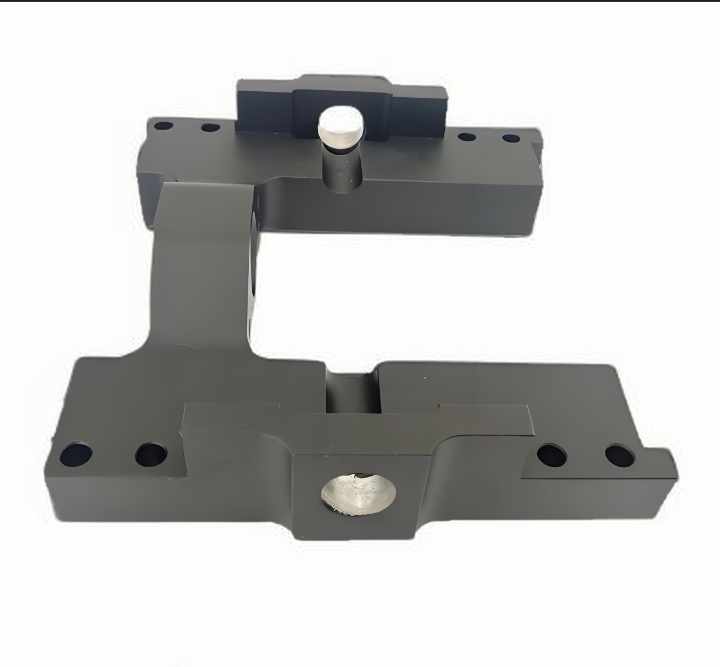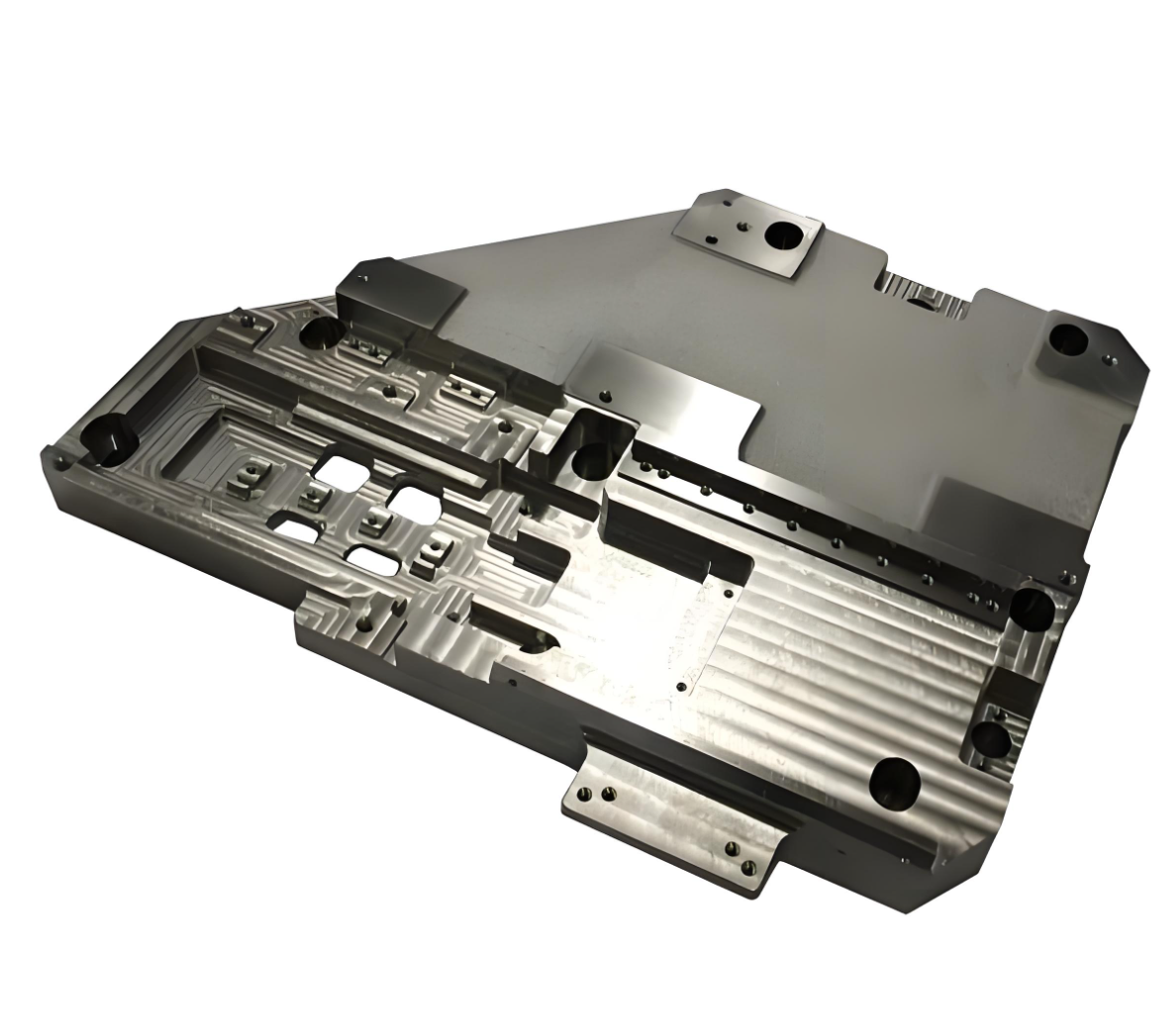Powder Metallurgy Process
Release time:2024-11-25 16:43:00 Number of views:718 Publisher:njjh Source:编辑部
Powder Metallurgy Process
Product Details ofPowder Metallurgy Process
What is the powder metallurgy process? The traditional powder metallurgy method, often referred to as the PM method, utilizes uniaxial rigid mold press forming, which is commonly employed in the powder metallurgy industry. Other methods in the industry include metal injection molding (MIM), powder forging (P/F), hot isostatic pressing (HIP), and cold isostatic pressing (CIP). The basic process of PM. 1.Raw Material Powder Preparation: Powder preparation involves various milling methods, including mechanical and physical-chemical methods. Mechanical methods encompass mechanical pulverization and atomization, while physical-chemical methods include electrochemical corrosion, reduction, chemical, reduction-chemical, vapor deposition, liquid deposition, and electrolysis. Among these, the most widely used methods are reduction, atomization, and electrolysis. 2.Compacting the Powder: The powder is formed into a compact of the desired shape using molding techniques to achieve specific density and strength. Molding methods typically fall into pressure molding and pressureless molding, with compression molding being the most prevalent. 3.Sintering of Compacts: Sintering is a crucial step in powder metallurgy, where compacts are heated to obtain desired physical and mechanical properties. Sintering is categorized into unit-system and multi-system sintering. For solid-phase sintering, temperatures are below the melting point of metals and alloys, while for liquid-phase sintering, temperatures are generally below the melting point of refractory components but above that of fusible components. Special sintering processes like loose sintering, infusion method, and hot pressing method also exist. 4.Post-Processing of Products: After sintering, various methods such as finishing, oil immersion, machining, heat treatment, and electroplating can be employed based on product requirements. Additionally, newer processes like rolling and forging have shown promise for post-sintering processing of powder metallurgy materials. The advantages of PM. 1. Powder metallurgy methods are essential for manufacturing refractory metals, their compounds, pseudo-alloys, and porous materials. 2. PM allows for the pressing of compacts into final sizes, significantly reducing the need for subsequent mechanical processing and minimizing metal loss to as low as 1-5%, compared to up to 80% loss in general melting and casting methods. 3. The process of powder metallurgy avoids material melting, mitigating concerns about impurities from crucibles and deoxidizers. Sintering is typically done in vacuum or reducing atmospheres, preventing oxidation and ensuring high-purity materials. 4. Powder metallurgy ensures the accuracy and uniformity of material composition ratios. 5. PM is ideal for mass-producing products with consistent shapes, particularly cost-intensive items like gears, thereby lowering production costs significantly. Application of PM. 1. Powder metallurgy finds widespread use across various industries, including automotive, aerospace, agriculture, appliances, office machinery, electrical instruments, garden equipment, locks, hardware, medical devices, off-road machinery, hand and electric tools, sporting goods, and automatic recording equipment. 2. Powder metallurgy parts can undergo surface coatings for decoration, corrosion resistance, or wear resistance. Precision or high-tolerance parts can be reshaped or repressed, while machining is an option for parts that cannot be press-formed. 3. Most powder metallurgy parts weigh no more than 2.2kg, but parts ranging from less than 1g to 16kg can still be manufactured. 4. The automotive industry accounts for the majority of PM parts sales, with demand increasing as automotive OEMs seek lightweight solutions to improve performance and meet fuel economy mandates. 5. PM usage is expected to rise in appliances and tools, driven by continued demand for daily essentials like washing machines, lighting controls, and locks. 6. PM plays a crucial role in the agricultural and construction sectors, ranging from lawn equipment to heavy-duty off-highway machinery, aiding in cost reduction and manufacturing efficiency. 7. In the medical field, powder metallurgy's ability to produce high-volume precision parts into net shapes makes it increasingly relevant for medical implants, artificial joints, and surgical tools, offering cost savings and enhanced manufacturing capabilities compared to traditional methods. Packing and Shipping. 1. Each product is meticulously packed in bubble bags and then securely placed in cartons to prevent scratches from impacts that could affect product quality and functionality. For added protection during transportation, we utilize specially designed wooden boxes tailored for export. 2. We offer flexible transportation options to meet our customers' needs, including express, air shipping, sea shipping, and railway shipping. FAQs. 1. How can I obtain a quotation? - We provide quotes based on drawings, quantity, weight, and material specifications. Alternatively, a real sample can also be provided for assessment. 2. Can you create a drawing if I don't have one? - Yes, we have the capability to produce a drawing based on your sample to duplicate the product. 3. What payment methods do you accept? - For tooling, we require a 50% T/T advance payment, with the remaining 50% due upon sample approval. For bulk orders, we request a 30% deposit via T/T, with the remaining 70% balance payable against the copy of the B/L. 4. What file formats can you open? - We can work with various file formats, including PDF, IGS, DWG, X_T, and STEP (STP). 5. What surface treatments do you offer? - Our surface treatment options include powder coating, sandblasting, painting, polishing, acid pickling, anodizing, enamel, zinc plating, hot-dip galvanizing, and chrome plating. 6. How do you pack your products? - Each product undergoes meticulous packaging with bubble bags and is then placed in cartons. Additionally, to prevent scratches and ensure product integrity during transportation, we utilize specially designed wooden boxes for export packaging. 7. Do you have a subsidiary company overseas? - Yes, we have a subsidiary company located in Michigan, USA.

